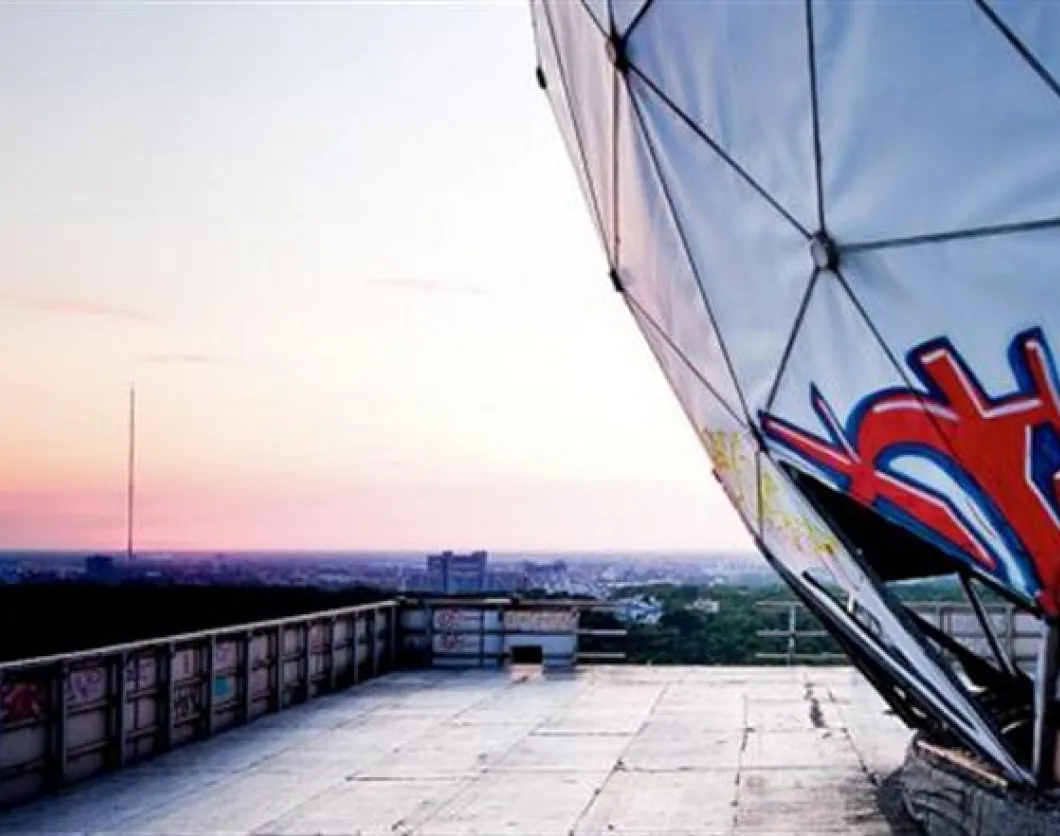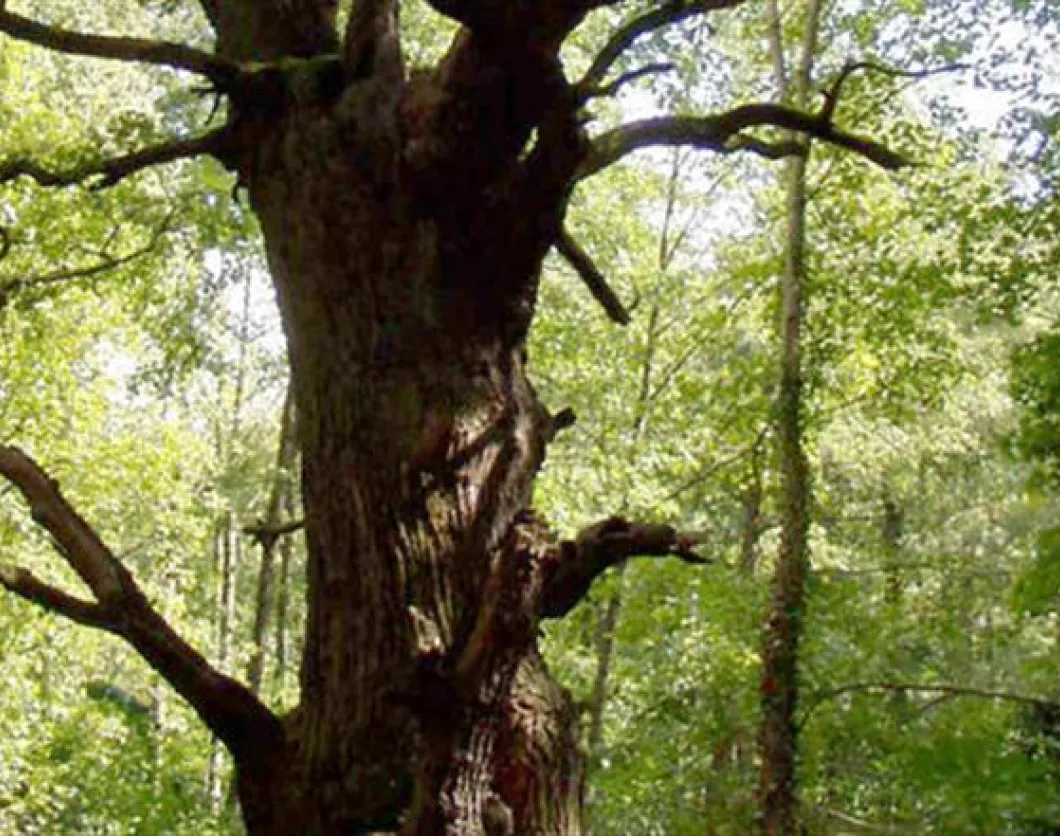Anyone standing on the Berlin’s Teufelsberg could hardly guess that this mountain is made of rubble and that it is a place charged with history. During the Nazi period the shell of the Military Technology Faculty building was here. It was blown up after the war and 25 million cubic metres of Berlin rubble was piled up here. And this is how the Teufelsberg became the highest point in Berlin at 114.7 metres.
In the 50s, the Americans began to use the hill as a listening point. Today, visitors can visit the remains of the installation with five large radar domes. Tours around the former NSA (National Security Alliance) field station are offered in German and English.
In the streets above and below the surface you can find the city’s commuter rail and subway tracks. And in between? Entire worlds are hidden here in the German capital: bunkers and tunnels, shafts, mountains of rubble, and vaults from long ago make the underground Berlin a destination for exciting adventure tours.
Berlin’s public transit authority, BVG, also offers unusual impressions and a subterranean breeze: explore on foot during special evening tunnel walks in the subway tunnels or in open cars, the one-of-a-kind “subway convertibles” for a two-hour tour. The tour also includes different types of tunnel structures and the history of the Berlin subway system.
Fields of Green
Gigantic fallen dinosaurs, old family attractions and a great Ferris Wheel – this is the Spree-Park Plänterwald, a former entertainment park in Berlin´s district Treptow-Köpenick. It opened in 1969 and was closed down in 2001 because the owners were insolvent. Today the atmosphere of this abandoned park is almost ghost-like. Curiosity seekers can join guided tours.
His own little island in the shade of the Berlin Wall – this is the garden of Osman Kalin. Once an illegally built arbour directly on the borderline today it stands for some of the absurdities that West Berlin experienced while it was in the shadow of the Wall. The garden can be found at the Bethaniendamm.
The 'fat Mary' is the oldest tree in Berlin that got its name in around 1800 when two boys, who lived not far away in Tegel Palace, named her after their cook. The two boys are thought to have been brothers Wilhelm and Alexander von Humboldt. Today, the striking, gnarled English oak stands 26 metres high. Its trunk has a circumference of almost seven metres and a diameter of more than two metres. Fat Mary stands to the north of the Grosser Malchsee Lake in Tegel. A visit to the tree can be easily combined with a lovely walk to Tegel Palace or a riverboat cruise on Lake Tegel.
Cuisine as Varied as the City
Chocolate as an appetizer, the main course, and for dessert as well! Such an unusual menu awaits you at Fassbender und Rausch, the first chocolate restaurant in Europe, located on the Gendarmenmarkt. In order to keep the food from getting monotonous, cooks from all over the world have put together a creative menu centered on all things cocoa, where fish and meat, salad and soup are combined with chocolate elements. On Saturdays, these specialties are served in the course of an exciting chocolate dinner show.
An enlightening experience, in which there is guaranteed to be nothing to see, is offered by the two darkness restaurants in Berlin – Unsicht-Bar Berlin and Nocti Vagus – , where diners eat without any illumination at all. The sense of sight falls out of the picture, so hearing, smell, taste, and touch gain new significance throughout the meal. The surprise menu offers a particularly exciting adventure! The waiters are all severely or completely visually impaired, so the service goes off without a hitch in spite of the darkness. At Nocti Vagus, which has a unique dark stage, the evenings are often supplemented by musical, theatrical, or literary shows.
Here’s a tip for everyone who is having trouble making a decision in the face of the vast variety along the Spree River: gastro-rallies. These unusual tours, a mixture of a city tour and a five-course menu, stop in several restaurants in trendy neighborhoods, and only one course is eaten at each stop.
By visitBerlin
www.visitBerlin.de










